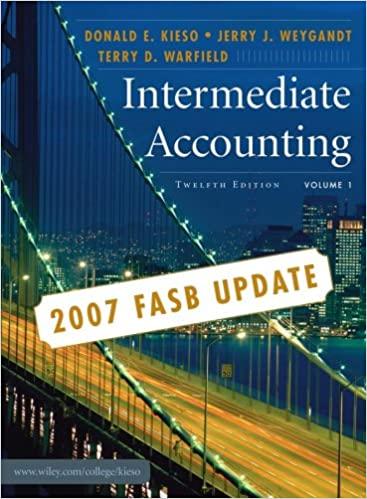Answer 2 questions based on the Image given below, answer both of the questions I will definitely give an upvote
Questions :
- Prepare a comprehensive report to management highlighting three-year make-or-buy unit cost analysis and recommend appropriate action.
- What are the other non-cost variables that would be helpful in this analysis?

As a manufacturing analyst, you are a member of a make-or-buy review team for electric components and work for a multinational company, TransAll Ltd. Your marketing group estimates the following volumes for a component required for motor assembly: Year 1; 300,000 units, Year 2: 500,000 units, Year 3: 200,000 units. A Chinese supplier has quoted the price as Mu(monetary unit) 0.10 per unit with 10 % price decrease per year for year 2 and 3 for the same component. . Shipping and handling costs are expected to be Mu 0.01 per unit for years 1 through 3. Additional inventory handling charges are Mu 0.005 per unit. In addition, purchasing costs are estimated at Mu 20 per purchase order with a purchase order being released every month for the duration of contract (i.e three years). The cost engineering department has provided the following per unit cost estimates (all in Mu) for internally manufacturing the component during year 1 of a 3-year planning cycle. 0.011 Direct labor 0.03 Fringe benefits to labor 50 % of Direct (as per factory act) labor Direct materials 0.05 Indirect labor Fringe benefit indirect labor Fixed Overheads to 50% of indirect labor 100 % of direct labor In addition, initial tooling and line modification costs would be approximately, Mu 10,000. The design engineering costs are Mu 30,000 to be spread evenly across the three-year total volume. In years 2 and 3, management expects a 4 % annual decrease in material costs and a 3 % increase in direct and indirect labor rates. Tax rate is 40 %. As a manufacturing analyst, you are a member of a make-or-buy review team for electric components and work for a multinational company, TransAll Ltd. Your marketing group estimates the following volumes for a component required for motor assembly: Year 1; 300,000 units, Year 2: 500,000 units, Year 3: 200,000 units. A Chinese supplier has quoted the price as Mu(monetary unit) 0.10 per unit with 10 % price decrease per year for year 2 and 3 for the same component. . Shipping and handling costs are expected to be Mu 0.01 per unit for years 1 through 3. Additional inventory handling charges are Mu 0.005 per unit. In addition, purchasing costs are estimated at Mu 20 per purchase order with a purchase order being released every month for the duration of contract (i.e three years). The cost engineering department has provided the following per unit cost estimates (all in Mu) for internally manufacturing the component during year 1 of a 3-year planning cycle. 0.011 Direct labor 0.03 Fringe benefits to labor 50 % of Direct (as per factory act) labor Direct materials 0.05 Indirect labor Fringe benefit indirect labor Fixed Overheads to 50% of indirect labor 100 % of direct labor In addition, initial tooling and line modification costs would be approximately, Mu 10,000. The design engineering costs are Mu 30,000 to be spread evenly across the three-year total volume. In years 2 and 3, management expects a 4 % annual decrease in material costs and a 3 % increase in direct and indirect labor rates. Tax rate is 40 %







